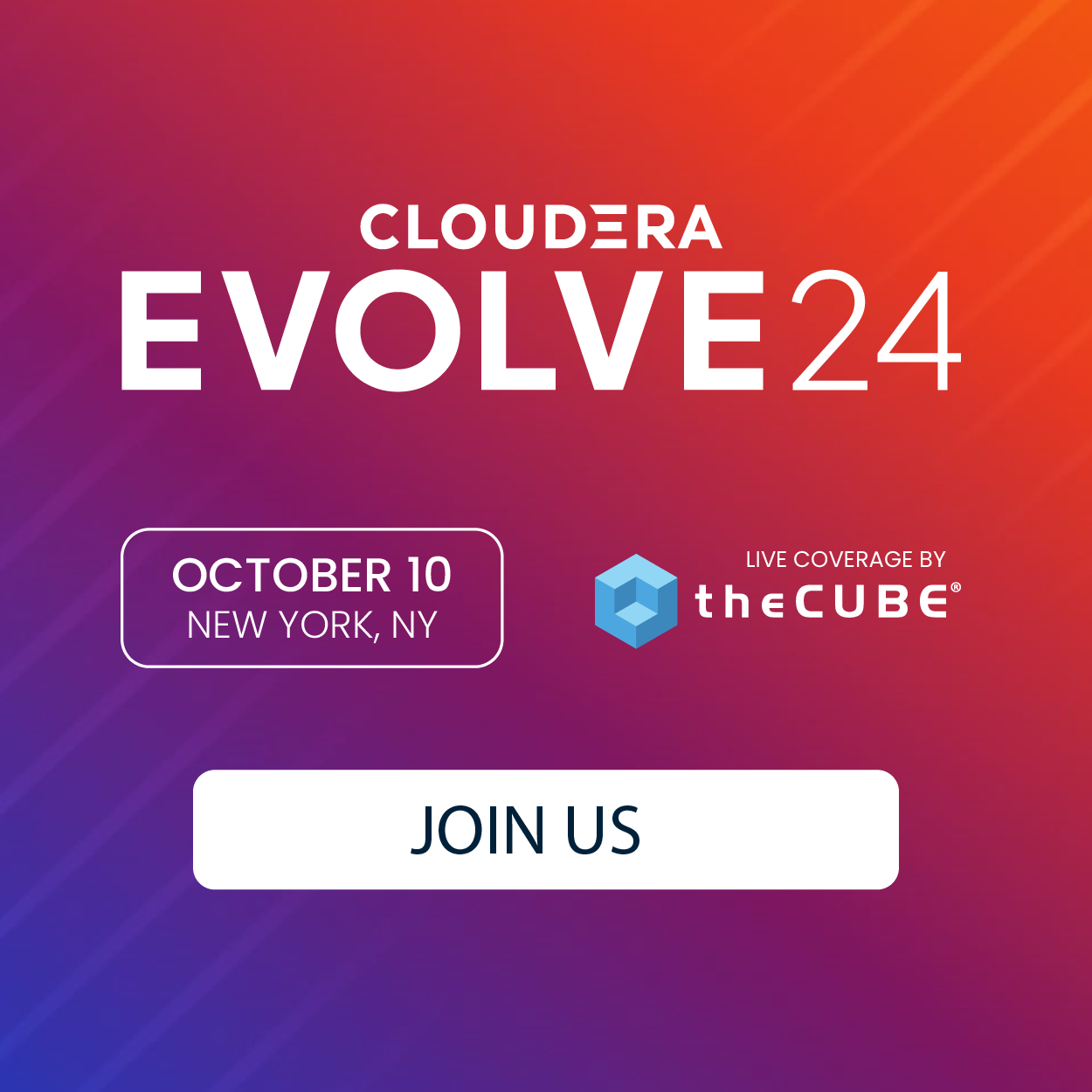The Case for In-Stream Advertising
![]() The topic of whether in-stream advertising has heated up. I just read well written pieces on the topic by Ross Kimbarovsky, Robert Scoble, Paul Carr and the NY Times. I myself recently covered the topic when I spoke about why GRP Partners invested in Ad.ly.
The topic of whether in-stream advertising has heated up. I just read well written pieces on the topic by Ross Kimbarovsky, Robert Scoble, Paul Carr and the NY Times. I myself recently covered the topic when I spoke about why GRP Partners invested in Ad.ly.
Let me lay out my defense of In-Stream Advertising because I believe the topic is really important.
People feel angst about advertising in any form
I feel the same feeling about advertising as most consumers. I feel it’s a necessary evil. Yes, I often skip commercials when I watch on my PVR. But I also accept and appreciate the ads in Hulu because I know that I’m watching shows for free. I know that advertising is important to inform consumers of offers – the same reason many tech companies use SEM.
This debate is awfully familiar
![]() This debate is so familiar to me. GRP Partners invested in GoTo.com which rebranded as Overture. At the time Google said it was against sponsored links because it confused the person searching for content – one of the main arguments people are again using about in-stream advertising. John Batelle profiles this well in his book The Search. Our portfolio company did so well that Google copied this approach and out executed Overture.
This debate is so familiar to me. GRP Partners invested in GoTo.com which rebranded as Overture. At the time Google said it was against sponsored links because it confused the person searching for content – one of the main arguments people are again using about in-stream advertising. John Batelle profiles this well in his book The Search. Our portfolio company did so well that Google copied this approach and out executed Overture.
It was still a great financial result for us but we clearly didn’t become Google. But our investment and the thesis of the team led to huge leaps of innovation that all consumers now benefit from. It led to the creation of Google Maps, Gmail and many other projects that without ad dollars wouldn’t exist. Are you horrified when you search for an address in Google Maps and ads pop up? Why not? Probably because it has become the norm over time and it is handled in a tasteful and acceptable way.
In-Stream rewards the content producer
…And contextual is just the technology provider. The funny thing about contextual search like that in Google is that it benefits the tech company and NOT the content producer at all. Think about this – bands and stars helped bring people by the millions to MySpace. Having amassed a following they realized that MySpace was able to put ads everywhere and make all of the money. Some goes with Google. All of us bloggers and journalists create content that gets indexed and allows Google to serve up ads alongside us that we don’t benefit financially from. When a content producer promotes an ad in-stream the revenue flows mostly to the person who published the content.
Transparency, authenticity and quality are what matters
So should everybody be sending out loads of Tweet Ads? I would argue that they already do. What does it mean when Michael Arrington sends out a link driving you to his latest article on TechCrunch? That’s not a “conversation” – it’s content driving you to his website where he monetizes based on the number of eyeballs he ![]() drives there. You could argue that his banner ads are transparently advertising and are therefore OK. But people complained as loudly about HotWired when they started with banners (they were the first website to do so in the 90’s). People complained about contextual search when Overture innovated the model. And now everybody is laying into in-stream advertising. The more things change …
drives there. You could argue that his banner ads are transparently advertising and are therefore OK. But people complained as loudly about HotWired when they started with banners (they were the first website to do so in the 90’s). People complained about contextual search when Overture innovated the model. And now everybody is laying into in-stream advertising. The more things change …
At Ad.ly we believe that in-stream ads need to be as transparent as banner ads. So we mark everything clearly. We restrict the number of Tweets so that we can control quality. We encourage publishers and advertisers to match based on authentic promotions. If Robert Scoble sent out a Tweet that is clearly denoted ![]() talking about RackSpace would people really be offended? Should he remove the RackSpace logo from his Twitter picture or is that type of advertising OK? Who decides? I find it totally acceptable because I believe Robert has high integrity and manages church / state issues himself. If he didn’t, I would unfollow him.
talking about RackSpace would people really be offended? Should he remove the RackSpace logo from his Twitter picture or is that type of advertising OK? Who decides? I find it totally acceptable because I believe Robert has high integrity and manages church / state issues himself. If he didn’t, I would unfollow him.
When Jason Calacanis opens his TWiST show talking about his sponsors to you, do you gag and stop watching? No. You think, “I get it. He needs to speak about these guys to fund a show that is seriously high quality so I’ll put up with ads.” Why is that acceptable but Twitter isn’t? I assert it’s just because Twitter advertising is new and we’re trying to sort out the norms.
When Brad Feld lists a book on his blog with an affiliate link that he monetizes is that wrong? I don’t think so. We all know and trust Brad to be authentic. How is that different from an ad in the Tweet stream? Should affiliate links to Amazon be acceptable in a blog but not in Twitter or Facebook? Why? Why not?
When Facebook puts contextual ads on your pages is that wrong? Oh, I see, it’s Ok because it’s not in-stream. So only the technology companies can make money from ad links and not the creators of content? I think we need to be careful that any in-stream links are clearly marked as an ad – but reject them all outright? Seems an arbitrary demarcation to me.
When TechCrunch 50 has sponsors and those people get to speak on stage does that mix church & state? It sure pushes the boundaries. But we all accept it because we know that it is the norm for conferences. No prizes for checking the correlation between panelists and TC50 and sponsors.
Again, I personally trust Michael and Jason to manage this quality. If they crossed the line we’d stop attending. If Twitter publishers cross the line we’ll stop following them. But if they mark a Tweet as an ad I can choose to click the link or not.
In-stream does not equal spam
![]() I sometimes get @ replies from people unsolicited with a link to an ad. That is spam – full stop. I haven’t chosen to follow this person. But if someone that I have chosen to follow has an ad I am ok with that if it’s labeled.
I sometimes get @ replies from people unsolicited with a link to an ad. That is spam – full stop. I haven’t chosen to follow this person. But if someone that I have chosen to follow has an ad I am ok with that if it’s labeled.
Let innovation happen and the market decide
I don’t how all of this will end up. I’m hopeful that Ad.ly will be a prosperous addition to the Internet ecosystem. But it is very important that we let young companies like this experiment. I assure you Ad.ly will take the high ground and control quality. We care deeply about that. I have a vested interest – not just due to an investment in Ad.ly but also because I care deeply about innovation and the evolution of the Internet. Rejecting new business models for pushing boundaries does not encourage innovation.
If the market rejects in-stream then the market wins. I’m fine with that. But let’s have an honest discussion about the topic. Vitriolic attacks on in-stream advertising obfuscate the issue. And if the market rejects in-stream then we still win. Strike one up for entrepreneurship, innovation and pushing the boundaries.
A message from John Furrier, co-founder of SiliconANGLE:
Your vote of support is important to us and it helps us keep the content FREE.
One click below supports our mission to provide free, deep, and relevant content.
Join our community on YouTube
Join the community that includes more than 15,000 #CubeAlumni experts, including Amazon.com CEO Andy Jassy, Dell Technologies founder and CEO Michael Dell, Intel CEO Pat Gelsinger, and many more luminaries and experts.
THANK YOU

















